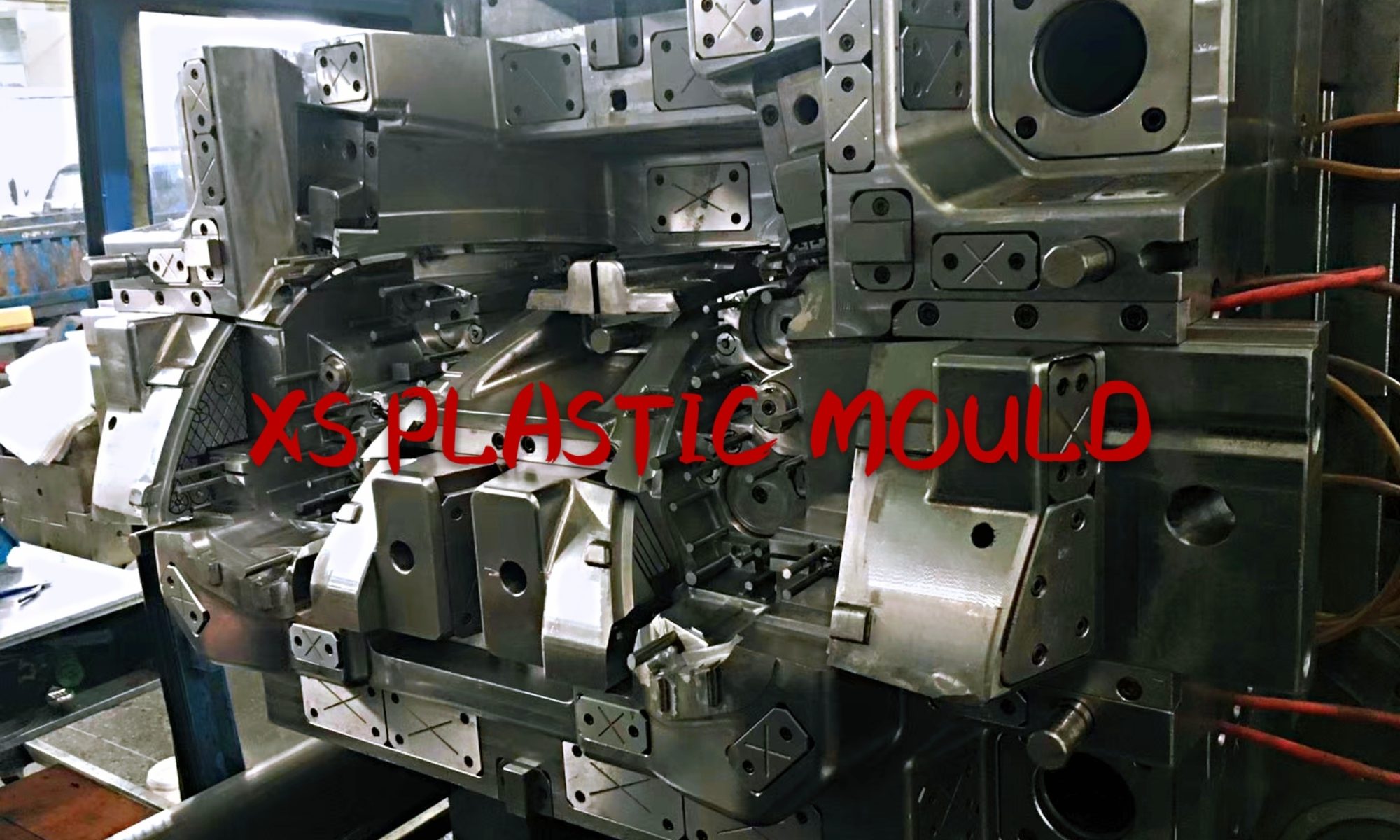
Given that there is substantial interplay between the product design, mold design, and the injection molding process, an iterative mold development process is frequently used as shown in Fig. 1. To the extent possible, the product design should follow standard design for injection molding guidelines as described in the article of mould design standard . To reduce the product development time, the product design and mold design are often performed concurrently. In fact, a product designer may receive a reasonable cost estimate for a preliminary part design given only the part’s overall dimensions, thickness, material, and production quantity. Given this information, the mold designer develops a preliminary mold design and provides a preliminary quote as discussed in another article. This preliminary quote requires the molder and mold maker to not only develop a rough mold design but also to estimate important processing variables such as the required clamp tonnage, machine hourly rate, and cycle times.
Once a quote is accepted, the detailed engineering design of the mold can begin in earnest as indicated by the listed steps on the right side of Fig. 1. First, the mold designer will lay out the mould design by specifying the type of mold, the number and position of the mould cavities, and the size and thickness of the mould. After-wards, each of the required subsystems of the mould is designed, which sometimes requires the redesign of previously designed subsystems. For example, the placement of ejector(s) may require a redesign of the cooling system while the design of the feed system may affect the layout of the cavities and other mold components.
Multiple design iterations are typically conducted until a reasonable compromise is achieved between size, cost, complexity, and function. To reduce the development time, the mold base, insert materials, hot runner system, and other components may be ordered and customized as the mold design is being fully detailed. Such concurrent engineering should not be applied to un- clear aspects of the design. However, many mold makers do order the mold base and plates upon confirmation of the order. As a result of concurrent engineering practices, mold development times are now typically measured in weeks rather than months [1]. Customers have traditionally placed a premium on quick mold delivery, and mold makers have traditionally charged more for faster service. With competition, however, customers are increasingly requiring guarantees on mold delivery and quality, with penalties applied to missed delivery times or poor quality levels.
After the mold is designed, machined, polished, and assembled, molding trials are performed to verify the basic functionality of the mold. If no significant deficien- cies are present, the moldings are sampled and their quality assessed relative to specifications. Usually, the mold and molding process are sound but must be tweaked to improve the product quality and reduce the product cost. However, sometimes molds include “fatal flaws” that are not easily correctable and may necessitate the scrapping of the mold and a complete redesign.
